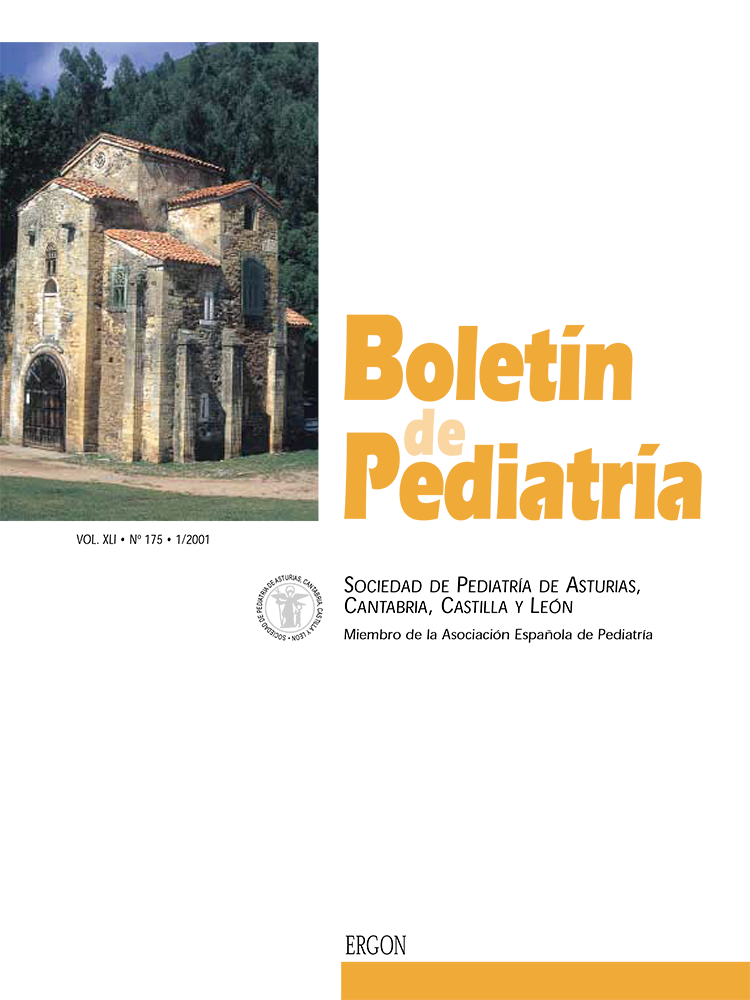Abstract
Abstract Beckwith-Wiedemann syndrome is characterized by macroglossia, omphalocele, visceromegaly, hypoglycemia and, eventually, hemihypertrophy. It is associated with an increased risk of embryonic tumours. We report the case of a 4-months-old infant with an hepatic mass and elevated alpha-fetoprotein levels. Hemihypertrophy, right nephromegaly and hypoglycemia were detected into the first month of life, thus he was controlled periodically. At the age of 3 months, an hepatic mass is detected by abdominal ultrasound, accompanied with hepatomegaly, umbilical hernia, elevated alpha-fetoprotein levels and conserved hepatic function. These findings suggest Beckwith-Wiedemann syndrome with hepatoblastoma, confirmed by surgical biopsy. He was successfully treated by complete tumour resection, preoperative and postoperative chemotherapy. It is important to identify syndromes with increased risk of cancer, such Beckwith-Wiedemann syndrome, in order to an adequate screening. The objective of this screening is earlier diagnosis of the tumours, minimizing its mortality rate and the morbidity of an aggressive treatment.

This work is licensed under a Creative Commons Attribution-NonCommercial 4.0 International License.
Copyright (c) 2001 Boletín de Pediatría
